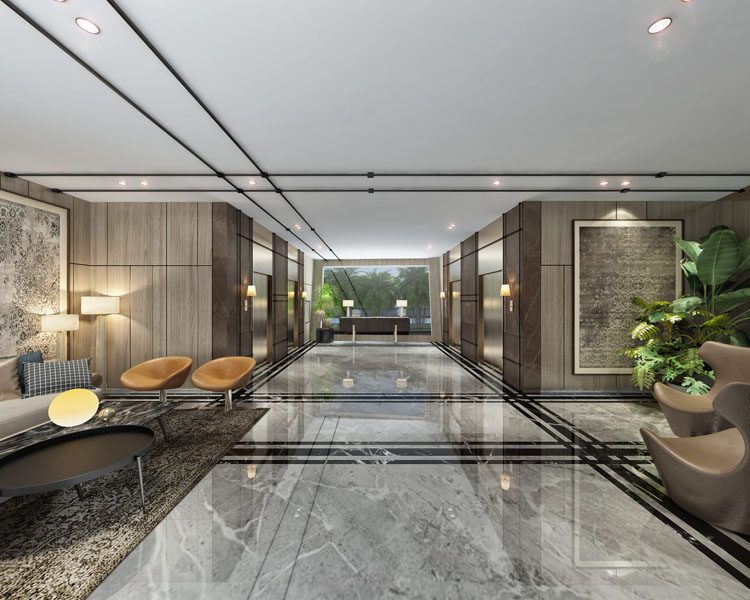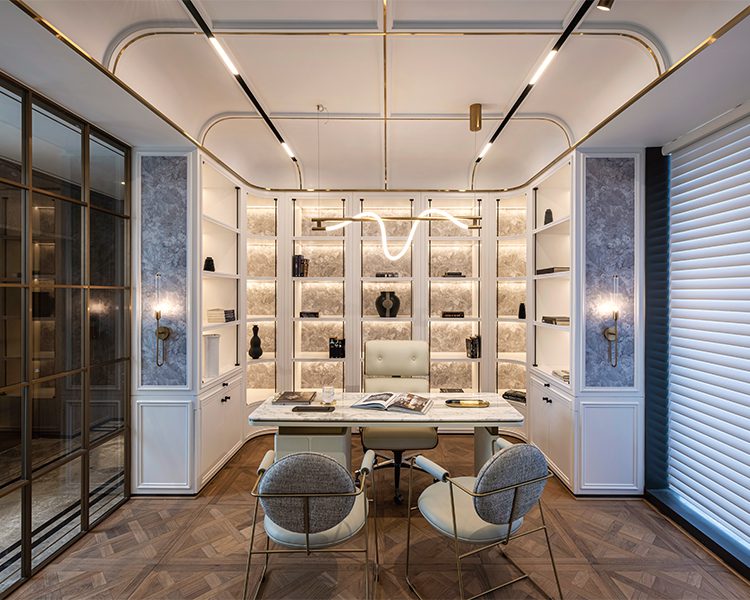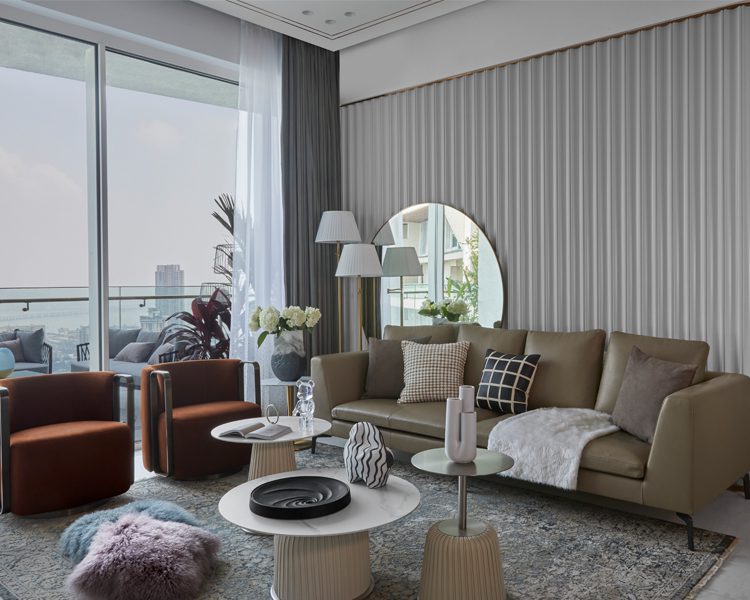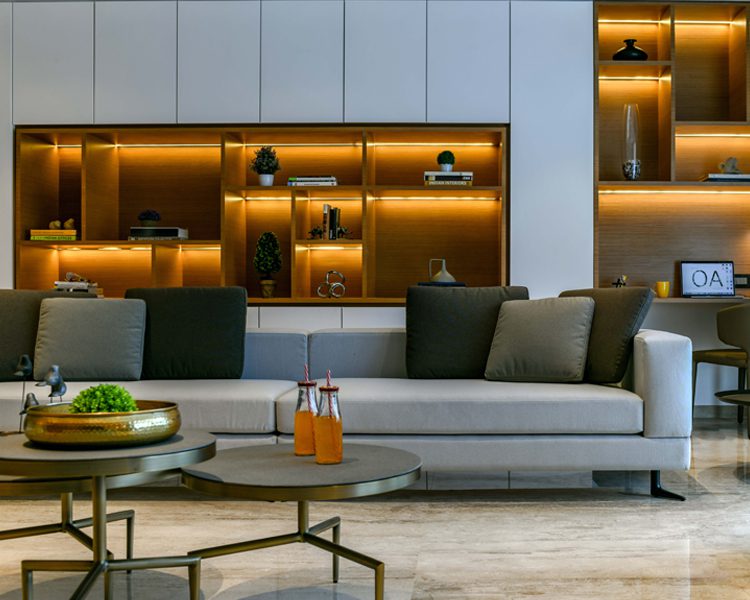Efficient & Smart Design Solutions for Hospitality Interiors

Efficient and intelligent design solutions for hospitality interiors can significantly enhance the guest experience and optimise operational efficiency. Integrating wellness elements like calming colour palettes, natural materials, and biophilic design principles can enhance guest well-being.
Interior designers in India are incorporating dedicated zones for relaxation, fitness, and meditation spaces within the hotel interiors. However, one can explore other design strategies to create a soothing and hospitable atmosphere.
Here are some key considerations and ideas:
Space Planning:
– Analyze the flow of guests and staff to optimise the layout and create efficient circulation paths via installations, furniture placement and overall planning.
– Implement flexible screens, movable partitions, and multifunctional spaces that adapt to different activities and accommodate varying group sizes.
– Utilize space-saving furniture and built-in storage solutions to maximise usable areas.
Technology Integration:
– Incorporate innovative technologies like automated lighting, temperature control, and entertainment systems to provide convenience and enhance energy efficiency.
– Integrate mobile check-in and keyless entry systems to streamline the guest experience.
Sustainable Design:
– Choose eco-friendly materials, such as recycled or renewable resources, for furniture, finishes, and fixtures.
– Optimize natural lighting and ventilation to reduce energy consumption.
– Install water-saving fixtures and implement waste management strategies, including recycling programs.
Acoustic Considerations:
– Use sound-absorbing materials and proper acoustic design to minimise noise transmission between rooms and public areas.
– Incorporate acoustic panels, curtains, and carpets to reduce noise levels and create a more peaceful environment.
Efficient Furniture and Fixtures:
– Select durable furniture and fixtures that are easy to clean and require minimal maintenance.
– Opt for multifunctional furniture pieces that can serve multiple p poses.
– Consider space-saving solutions like wall-mounted or foldable furniture items.
Lighting Design:
– Implement a layered lighting approach with a combination of ambient, task, and accent lighting.
– Incorporate energy-efficient LED lighting solutions and automated controls to adjust lighting levels based on occupancy and natural light availability.
– Use lighting to create mood and highlight architectural features or artwork.
Ergonomic Considerations:
– Prioritize guest comfort by selecting ergonomic furniture with proper support and adjustable features.
– Ensure that work areas for staff, such as reception desks or offices, are designed with ergonomics to enhance productivity and reduce strain.
– Explore newer construction techniques to reduce site work and overall energy conservation.
Branding and Identity:
– Infuse the interior design with the hotel’s brand and identity through colour schemes, materials, artwork, and signage.
– Create unique and memorable spaces that reflect the hotel’s personality and resonate with guests.
Each hospitality project is unique, so it’s essential to tailor the design solutions to the establishment’s specific needs, target audience, and budget. Collaborating with experienced and best interior designers in the country and industry professionals can help ensure these efficient and intelligent design solutions are successfully implemented.




